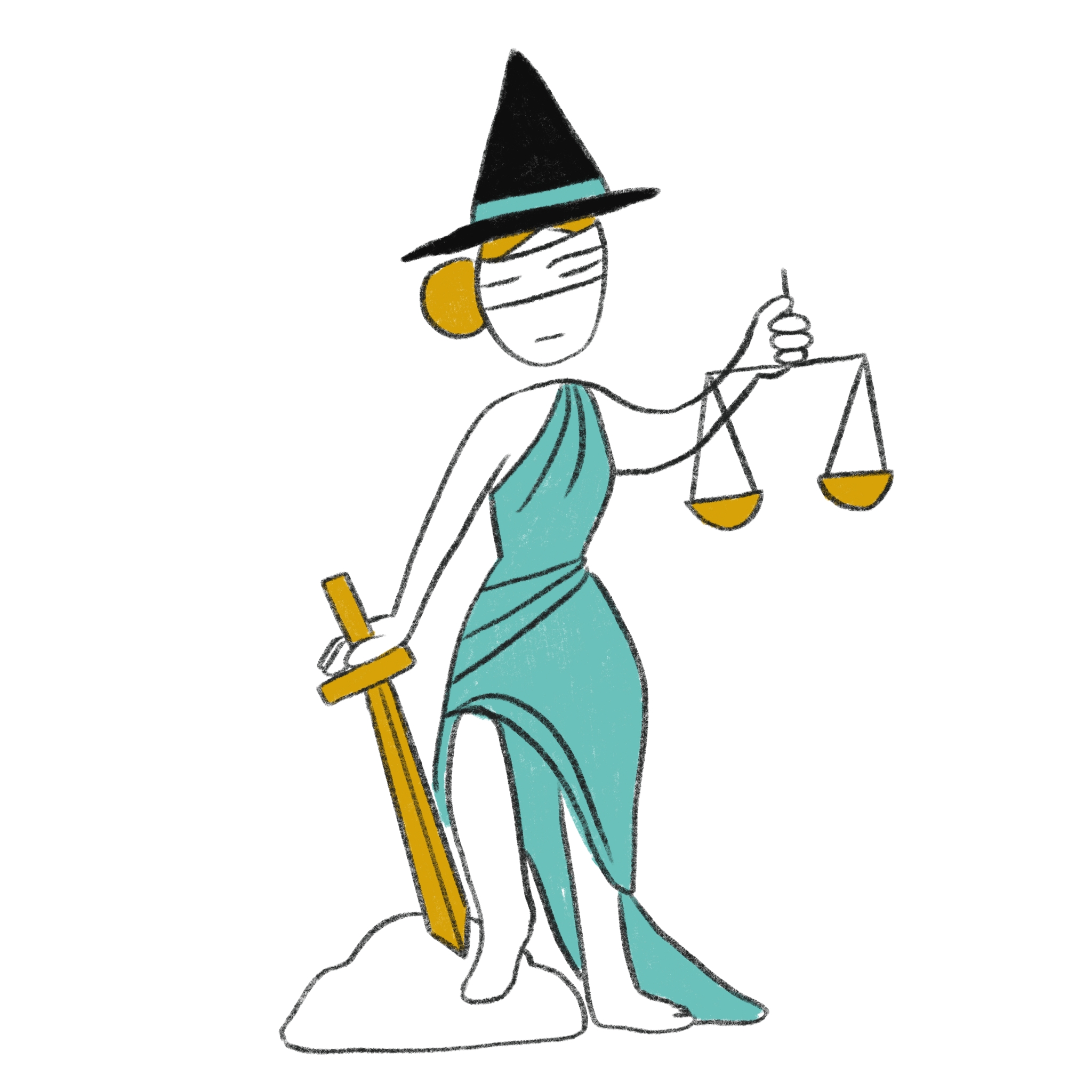Making a police report
Making a police report can be a scary experience, especially if it is your first experience. Many of us have also heard of police abuse against women, girls, trans and gender non-conforming persons, ranging from sexual harassment and assault to refusal to investigate or to extend protection to victim, victim-blaming. The following list is a guide on how to make a police report:-
First and foremost, know that under Section 3(3) of the Police Act, police officer is obligated under the law to accept and file your report. In other words, the police officer cannot refuse to record your statement and your report will be documented. However, this does not always mean the investigation process will begin immediately. The Attorney General's Chambers will look at your report and decide whether the report should be investigated or not.
You may lodge the report at any police station near to you. Please note that the police may decide to transfer your case to a different police station where the incident took place.
You may also prepare your draft police report in advance, and the police officer may then use it for their recording. This may help in reducing the need to revisit or renarrate the incident in front of a police officer, who may or may not be sensitive to the needs of survivor.
What to include in a police report:
Who: It is important to explain who is involved and your involvement as the victim or witness. Make sure to also list any names you know to be the aggressors or persons of interest in the incident.
What: Explain what happened in chronological order. It is important to name what happened to you as you see it, be it violence or harassment.
Where: Explain where the incident took place. For online harassment, you may share where you were when you received the message or threatening materials.
When: Explain the time of the incident, whether it is ongoing, or you believe will happen soon.
Why: Explain why you think the incident happened or the motive or intent of the perpetrator if it is known to you. Remember what happened is never your fault and gender-based violence should never be justifiable or accepted.
How: Explain how the incident impacted you, whether it is physically, psychologically, emotionally, or financially. Also report if the incident impacted/harmed the people around you.
Generally, there are two types of report:
Case report: A case report is filed when you only want your incident to be recorded officially, but no action to be taken yet and sometimes it is also used in a "wait-and-see" situation.
Action report: An action report is filed when you want investigation to take place and further action to be taken by the authorities.
The police officer is required to read back the report to you and ask you to sign on it as a final step. You are allowed to make changes to the details on the report. But once signed, you will not be able to make any changes. However, you may file a second police report if you would like to give an update or new information about the incident.
You are entitled to ask for a status update on your case. Under Section 107A(1) of the Criminal Procedure Code, you may request for a report on the investigation status from the police officer in charge.
Read more about what happened after you filed a police report.
Last updated
